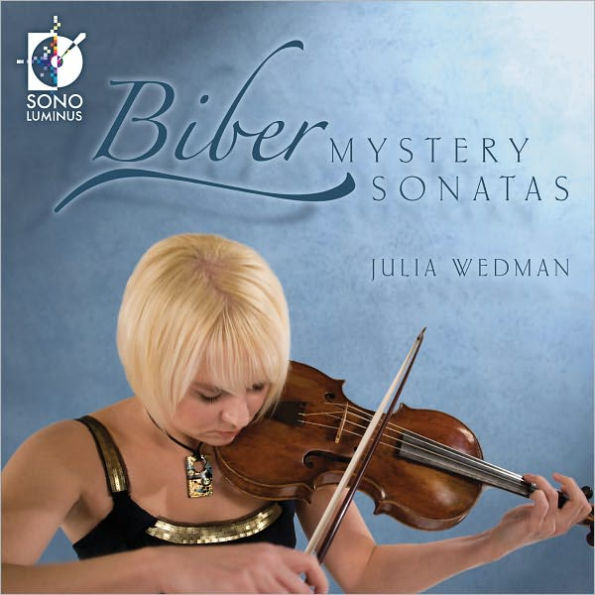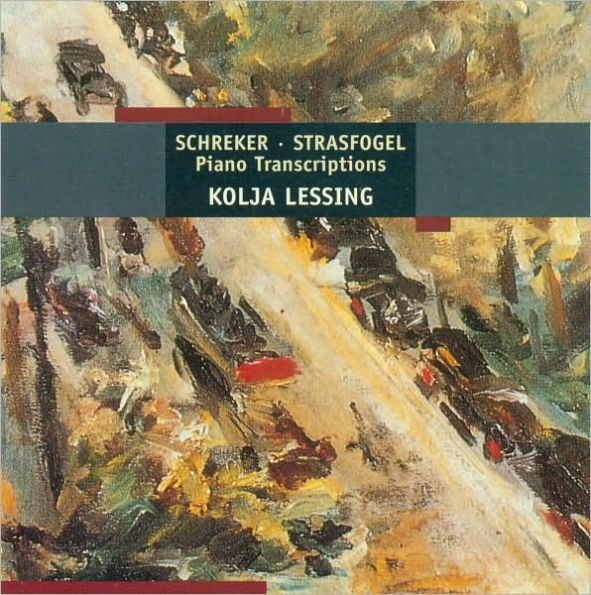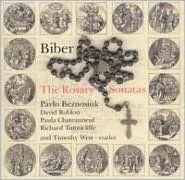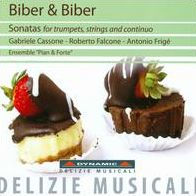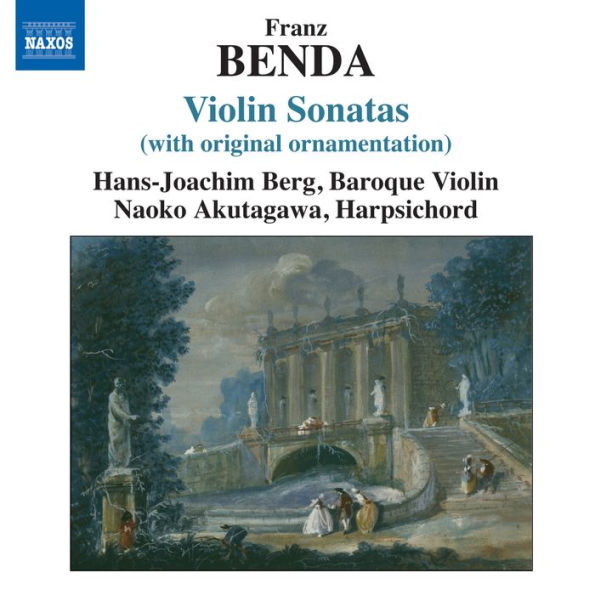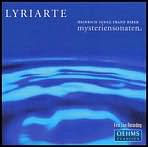Home
Heinrich Ignaz Franz von Biber: Mystery Sonatas (Die Rosenkranz-Sonaten)
Barnes and Noble
Loading Inventory...
Heinrich Ignaz Franz von Biber: Mystery Sonatas (Die Rosenkranz-Sonaten) in Bloomington, MN
Current price: $28.99

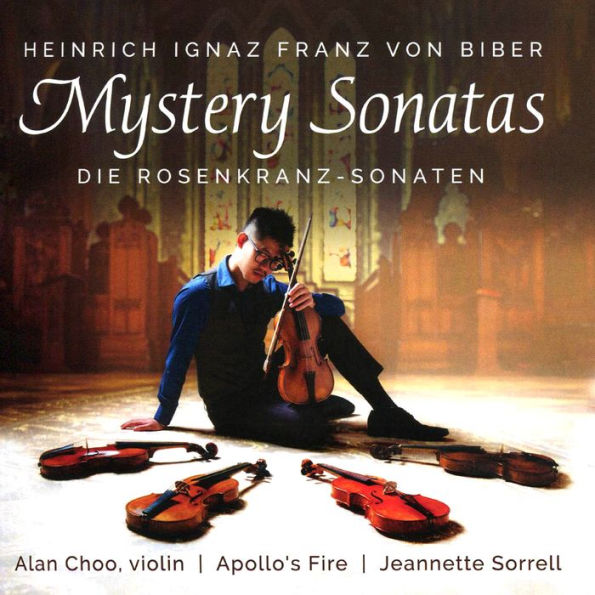
Heinrich Ignaz Franz von Biber: Mystery Sonatas (Die Rosenkranz-Sonaten) in Bloomington, MN
Current price: $28.99
Loading Inventory...
Size: OS
The
Mystery Sonatas
(or "
Rosary Sonatas
") of
Heinrich Ignaz Franz von Biber
rank among the greatest examples of virtuoso program music in the entire history of the violin tradition. The set is probably more often recorded than performed; to do the whole thing is a bear, requiring (in most cases) frequent changes of violin as well a good deal of endurance; this recording was made over a series of sessions. Violinist
Alan Choo
is equal to the work's technical demands, which rival those in
Bach
's unaccompanied violin sonatas and partitas, and he is an expressive player who would give the novice listener a good shot at guessing the Passion story content on which the work is based. He has good control in the towering final passacaglia. The novelty in this performance is the hefty continuo group, drawn from the larger
Apollo's Fire
ensemble and led by its conductor and harpsichordist
Jeannette Sorrell
; the continuo group also contains cello, a pair of violas da gamba, lirone, theorbo, Baroque guitar, archlute, triple harp, chamber organ, and percussion (there are seven players in all, including
Sorrell
). This is a lot for a work that, as far as one can know at this remove, was probably intended for quiet contemplation (again, like
's sonatas and partitas) rather than for public display. The name "
" suggests this. On the other hand, the continuo forces are deployed so as to intensify the mood of the individual pieces and even, in some cases, to contribute to the programmatic representation. Would
Biber
have played the music this way? One can't really know, but it is a fresh look at the work, and Sorrell's additions are tastefully done. At the very least, this album announces an important new voice in the Baroque violin field. ~ James Manheim
Mystery Sonatas
(or "
Rosary Sonatas
") of
Heinrich Ignaz Franz von Biber
rank among the greatest examples of virtuoso program music in the entire history of the violin tradition. The set is probably more often recorded than performed; to do the whole thing is a bear, requiring (in most cases) frequent changes of violin as well a good deal of endurance; this recording was made over a series of sessions. Violinist
Alan Choo
is equal to the work's technical demands, which rival those in
Bach
's unaccompanied violin sonatas and partitas, and he is an expressive player who would give the novice listener a good shot at guessing the Passion story content on which the work is based. He has good control in the towering final passacaglia. The novelty in this performance is the hefty continuo group, drawn from the larger
Apollo's Fire
ensemble and led by its conductor and harpsichordist
Jeannette Sorrell
; the continuo group also contains cello, a pair of violas da gamba, lirone, theorbo, Baroque guitar, archlute, triple harp, chamber organ, and percussion (there are seven players in all, including
Sorrell
). This is a lot for a work that, as far as one can know at this remove, was probably intended for quiet contemplation (again, like
's sonatas and partitas) rather than for public display. The name "
" suggests this. On the other hand, the continuo forces are deployed so as to intensify the mood of the individual pieces and even, in some cases, to contribute to the programmatic representation. Would
Biber
have played the music this way? One can't really know, but it is a fresh look at the work, and Sorrell's additions are tastefully done. At the very least, this album announces an important new voice in the Baroque violin field. ~ James Manheim
The
Mystery Sonatas
(or "
Rosary Sonatas
") of
Heinrich Ignaz Franz von Biber
rank among the greatest examples of virtuoso program music in the entire history of the violin tradition. The set is probably more often recorded than performed; to do the whole thing is a bear, requiring (in most cases) frequent changes of violin as well a good deal of endurance; this recording was made over a series of sessions. Violinist
Alan Choo
is equal to the work's technical demands, which rival those in
Bach
's unaccompanied violin sonatas and partitas, and he is an expressive player who would give the novice listener a good shot at guessing the Passion story content on which the work is based. He has good control in the towering final passacaglia. The novelty in this performance is the hefty continuo group, drawn from the larger
Apollo's Fire
ensemble and led by its conductor and harpsichordist
Jeannette Sorrell
; the continuo group also contains cello, a pair of violas da gamba, lirone, theorbo, Baroque guitar, archlute, triple harp, chamber organ, and percussion (there are seven players in all, including
Sorrell
). This is a lot for a work that, as far as one can know at this remove, was probably intended for quiet contemplation (again, like
's sonatas and partitas) rather than for public display. The name "
" suggests this. On the other hand, the continuo forces are deployed so as to intensify the mood of the individual pieces and even, in some cases, to contribute to the programmatic representation. Would
Biber
have played the music this way? One can't really know, but it is a fresh look at the work, and Sorrell's additions are tastefully done. At the very least, this album announces an important new voice in the Baroque violin field. ~ James Manheim
Mystery Sonatas
(or "
Rosary Sonatas
") of
Heinrich Ignaz Franz von Biber
rank among the greatest examples of virtuoso program music in the entire history of the violin tradition. The set is probably more often recorded than performed; to do the whole thing is a bear, requiring (in most cases) frequent changes of violin as well a good deal of endurance; this recording was made over a series of sessions. Violinist
Alan Choo
is equal to the work's technical demands, which rival those in
Bach
's unaccompanied violin sonatas and partitas, and he is an expressive player who would give the novice listener a good shot at guessing the Passion story content on which the work is based. He has good control in the towering final passacaglia. The novelty in this performance is the hefty continuo group, drawn from the larger
Apollo's Fire
ensemble and led by its conductor and harpsichordist
Jeannette Sorrell
; the continuo group also contains cello, a pair of violas da gamba, lirone, theorbo, Baroque guitar, archlute, triple harp, chamber organ, and percussion (there are seven players in all, including
Sorrell
). This is a lot for a work that, as far as one can know at this remove, was probably intended for quiet contemplation (again, like
's sonatas and partitas) rather than for public display. The name "
" suggests this. On the other hand, the continuo forces are deployed so as to intensify the mood of the individual pieces and even, in some cases, to contribute to the programmatic representation. Would
Biber
have played the music this way? One can't really know, but it is a fresh look at the work, and Sorrell's additions are tastefully done. At the very least, this album announces an important new voice in the Baroque violin field. ~ James Manheim

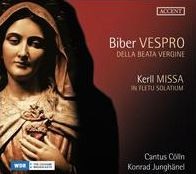
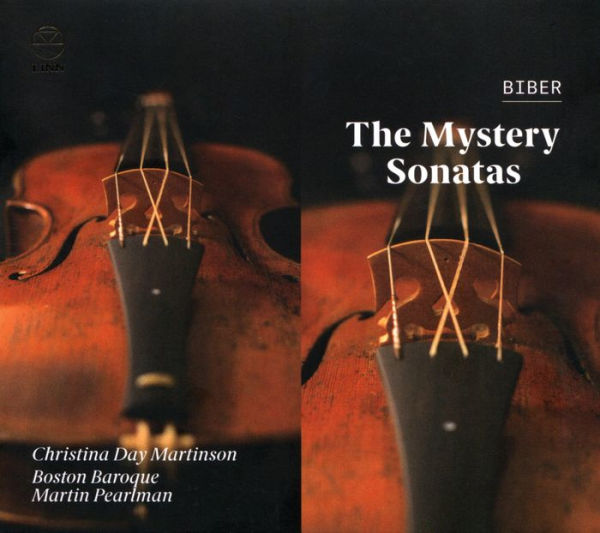
![Heinrich Ignaz Franz Biber: Violinsonaten 1681 [2023]](https://prodimage.images-bn.com/pimages/7619990104549_p0_v1_s600x595.jpg)
